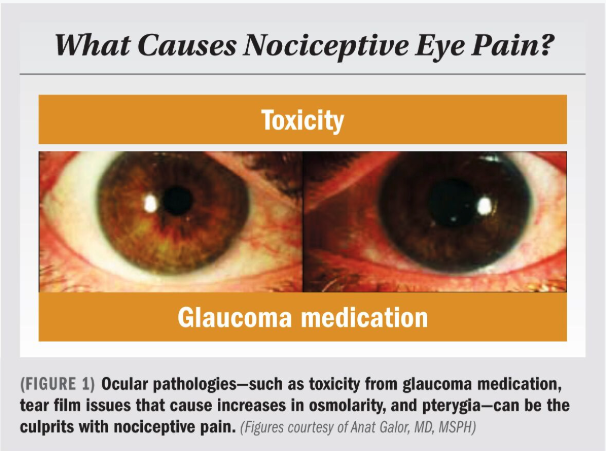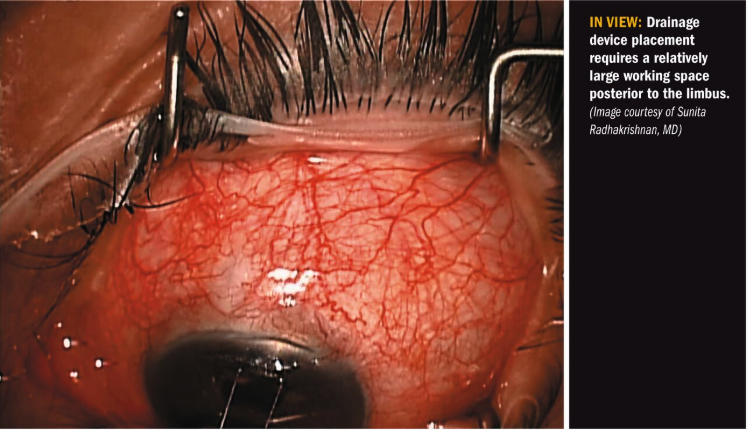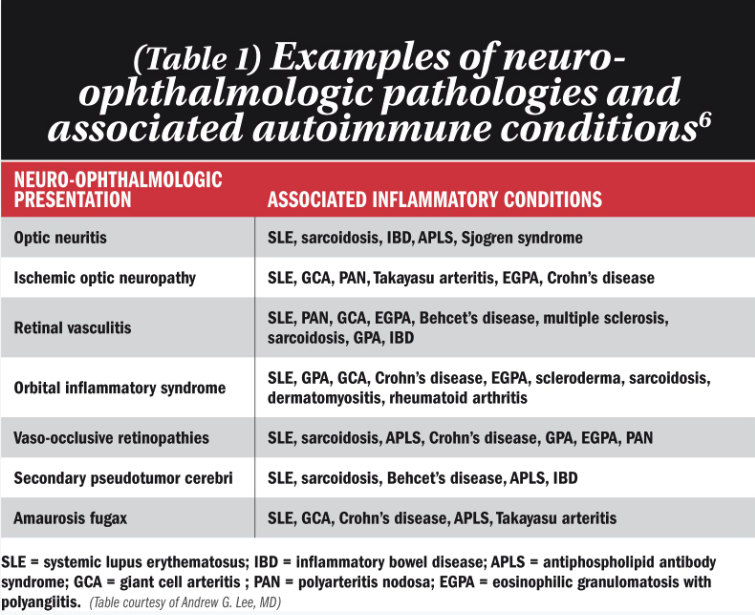
Clinical Diagnosis
Latest News
CME Content


Christopher J. Rapuano, MD, explains how red eye might be something more. Superior limbic keratoconjunctivitis may be identified by lifting the upper lid and having the patient look down.

As the diversity of drop products expands and knowledge of the nuances of various ocular surface maladies increases, consider how the differences between drop products might make one drop a better choice for a given patient.

Findings of a study determining the prediction error in the magnitude of residual astigmatism after cataract surgery with a toric intraocular lens (IOL) suggest that use of intraoperative wavefront aberrometry for toric power selection could enhance the refractive outcome in a large subset of eyes.

Five ophthalmologists share how to make the most of a co-managed relationship for smoother patient handoff, improved preoperative experiences, and better postoperative outcomes.

Three hundred events in more than 50 countries will mark this year's World Sight Day, Oct. 8.

A recent article in the Journal of the American Medical Association, an editorial in American Family Physician, articles in the general media outlets, and an updated patient advisory statement from the American Society of Cataract and Refractive Surgery and the American Academy of Ophthalmology aim to further education primary care physicians and patients about the association between a patient's use of tamsulosin and complications or difficulty during cataract surgery.

History-taking is a little more time-consuming for cataract surgeons with the recent FDA approval of silodosin capsules (Rapaflo, Watson) for the treatment of symptoms due to benign prostatic hyperplasia.

The American Academy of Ophthalmology and the American Society of Cataract and Refractive Surgery are working with the American College of Physicians and the American Academy of Family Physicians to educate prescribers of tamsulosin (Flomax, Boehringer Ingelheim) about the association between the use of alpha blockers and intraoperative floppy eye syndrome.

The hygiene hypothesis suggests that smaller family sizes as well as the use of antibiotics and vaccines has led to an allergy epidemic. Probiotics could reverse that epidemic and reduce the risk of developing atopic diseases and, potentially, nasal and ocular symptoms of respiratory allergies.

Cataract surgeons can reduce the rate of complication from intraoperative floppy iris syndrome (IFIS) by using certain techniques before and during surgery.

Increasing use of erectile dysfunction (ED) drugs has added a new topic to the ophthalmologist-patient conversation: possible risks to the optic nerve in certain patients with glaucoma who are taking ED medications.

Las Vegas-Ophthalmologists can use one of several modified strategies to perform cataract surgery in patients who are taking or have taken tamsulosin (Flomax, Boehringer Ingelheim Pharmaceuticals), with good outcomes and low complication rates, when they know of the medication history in advance, David F. Chang, MD, told those attending the annual meeting of the American Academy of Ophthalmology here.

Las Vegas-Ophthalmologists can use one of several modified strategies to perform cataract surgery in patients who are taking or have taken tamsulosin (Flomax, Boehringer Ingelheim Pharmaceuticals), with good outcomes and low complication rates, when they know of the medication history in advance, David F. Chang, MD, told those attending the annual meeting of the American Academy of Ophthalmology here.

Las Vegas-Results of a cross-sectional study demonstrate there is good agreement (~85%) between the evaluation of the optic nerve head structure using the Heidelberg Retinal Tomograph (HRT II, Heidelberg Engineering) and results of multifocal visual evoked potential testing (mfVEP; AccuMap, ObjectiVision, Sydney, Australia) in identifying normal and glaucomatous eyes as well as statistically significant topographic associations between many HRT parameters and the amplitudes of mfVEP waves on the corresponding opposite hemisphere, reported Omar S. Punjabi, MBBS, at the annual meeting of the American Academy of Ophthalmology.

Las Vegas–Relatively little evidence exists that imaging technologies can detect change over time, although based on the resolution and reproducibility, they probably can do so, said Christopher Bowd, PhD, during a Glaucoma Subspecialty Day presentation here at the annual meeting of the American Academy of Ophthalmology.

Orlando, FL-The Optical Laboratories Association (OLA) recently presented its OLA Awards of Excellence, one of the most prestigious awards offered by the optical industry, during The OLA 2006 annual conference, Nov. 9 to 11 at the Gaylord Palms Resort and Convention Center in Orlando.

The year 2006 may be characterized as an interesting one in cataract surgery, according to ophthalmologists who are opinion leaders in the field.

Pittsburgh-The Glaucoma Probability Score (GPS), the new mathematical model featured in the Heidelberg Retina Tomograph 3 (HRT3, Heidelberg Engineering) software, eliminates subjective operator input in defining the optic disc margin and performs comparably to the HRT II in discriminating between healthy and glaucomatous eyes, according to a study undertaken by researchers at the University of Pittsburgh.

Successful long-term management of glaucoma requires a full spectrum of tools. These may include new technologies and pharmaceutical agents as well as interventional approaches involving laser or surgical therapy.

Lexington, KY-Animal studies point to two components of drusen as the driving force for the neovascularization that causes age-related macular degeneration (AMD) -a discovery that opens the way to early detection and drug therapy to prevent the condition, said Jayakrishna Ambati, MD.

This year's scientific program includes more than 500 peer-reviewed courses.

Palo Alto, CA-Darius Moshfeghi, MD, pediatric retina specialist at Lucile Packard Children's Hospital, Palo Alto, CA, and one of just a few physicians in California's Bay Area trained to diagnose retinopathy of prematurity (ROP), is using technology to bring his expertise to premature babies without having to travel to see them.

Several options are available to cataract surgeons to manage anticipated IFIS. In the multicenter prospective trial, surgeons could use a mechanical restraining device (iris expansion ring or iris retractors) to enlarge the pupil and keep the iris from prolapsing, viscodilation with Healon 5 (Advanced Medical Optics), or pharmacologic intervention with atropine administered three times daily beginning 2 days before surgery.

The American Society of Cataract and Refractive Surgery (ASCRS), the American Academy of Ophthalmology (AAO), and the American Urological Association (AUA) have joined forces to launch a patient and prescriber education campaign about the risk of intraoperative floppy iris syndrome (IFIS) associated with the current or previous use of an alpha-1 blocker and the likelihood of successful surgery if the ophthalmologist is aware of that medication history and is able to employ appropriate surgical strategies.


















































.png)


